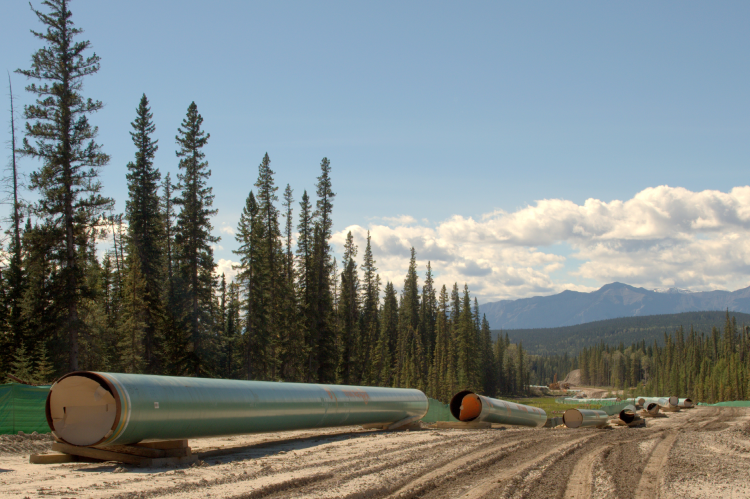The Trans Mountain Pipeline, a major infrastructure project long sought after by Canada’s oilpatch, has encountered challenges even after its expansion, designed to provide a quicker route to the West Coast and overseas markets. A year after its expansion, the pipeline is not running at full capacity, with downgraded forecasts for oil flow over the next three years, raising concerns among oil companies about rising toll costs.
The pipeline’s construction costs ballooned from an initial $4.5 billion to $34 billion, putting pressure on oil companies who signed long-term contracts to use it. These higher tolls, a result of the unexpected cost overruns, are creating friction between oil companies and the Crown corporation operating the pipeline. This summer, the Canada Energy Regulator will hold hearings to address the dispute.
Despite these challenges, Trans Mountain CEO Mark Maki remains optimistic, suggesting that the pipeline’s capacity issue is more about the rate of oil supply growth in Western Canada. Oil production in Alberta has set new records, and Maki predicts the pipeline will run closer to full capacity by 2027 or 2028.
The expanded pipeline has already proven beneficial, with roughly half of its oil now flowing to Asia, including China, Japan, and India. This diversification of markets has helped narrow the price differential between Canadian and U.S. crude, a significant win for Canadian producers. Experts like economist Trevor Tombe highlight the broader economic benefits, noting that the reduced price differential could result in substantial revenue gains for the Alberta government.
As discussions about the pipeline’s future continue, including the potential for privatization or Indigenous involvement, experts agree that the project’s long-term success will hinge on its continued usage and the ability to balance tolls with profitability.
Source: Swifteradio.com


